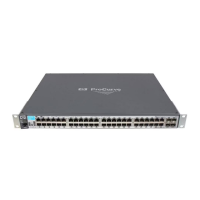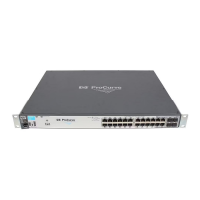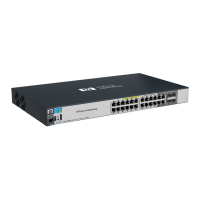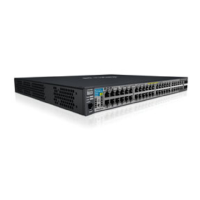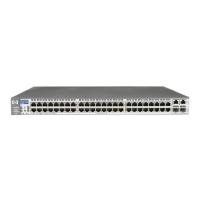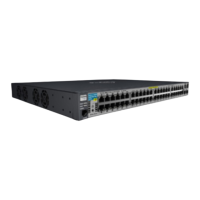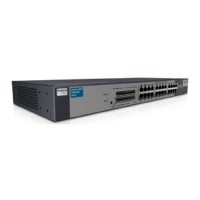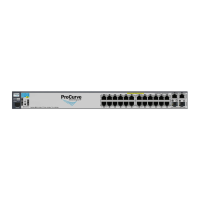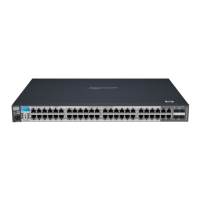What to do if HP ProCurve 2910al Switch cables are faulty or loose?
- MmannjamesJul 30, 2025
If you're experiencing issues with your HP Switch, start by checking the cables. Ensure they are firmly connected at both ends. If the connections seem fine, try swapping the cable with a different one to rule out a faulty cable.
